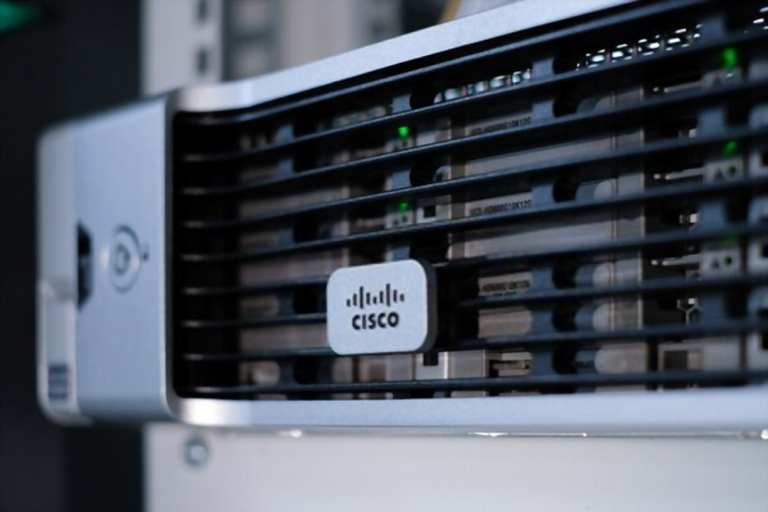


This allows the two fabric interconnects to continuously monitor the status of each other and quickly know when one has failed.īoth fabric interconnects in a cluster configuration must go through the initial setup process. To use the cluster configuration, the two fabric interconnects must be directly connected together using Ethernet cables between the L1 (L1-to-L1) and L2 (L2-to-L2) high availability ports, with no other fabric interconnects in between. Data redundancy is dependent on the user configuration and may require a third-party tool to support data redundancy. The cluster configuration only provides redundancy for the management plane. Only one management port (Mgmt0) connection is required to support a cluster configuration however, both Mgmt0 ports should be connected to provide link-level redundancy. If one fabric interconnect becomes unavailable, the other takes over. You can configure a Cisco UCS instance to use a single fabric interconnect in a standalone configuration or to use a redundant pair of fabric interconnects in a cluster configuration.Ī cluster configuration provides high availability. If you choose to restore the system, the backup file must be reachable from the management network.

You can choose to either restore the system configuration from an existing backup file, or manually setup the system by going through the setup wizard. Management port IP address and subnet mask System configuration type (standalone or cluster configuration) Setup mode (restore from full system backup or initial setup) The first time that you access a fabric interconnect in a Cisco UCS instance, a setup wizard prompts you for the following information required to configure the system: Performing an Initial System Setup for the Second Fabric Interconnect.Performing an Initial System Setup for the First Fabric Interconnect.Configuring the Aging Time for the MAC Address Table.Enabling a Standalone Fabric Interconnect for Cluster Configuration.Performing an Initial System Setup for a Standalone Configuration.This chapter includes the following sections: Configuring Statistics-Related Policies.Configuring Settings for Faults, Events, and Logs.Backing Up and Restoring the Configuration.Configuring Distributed Virtual Switches in Cisco UCS.Configuring VN-Link Components and Connectivity.Overview of Cisco Unified Computing System.


 0 kommentar(er)
0 kommentar(er)
